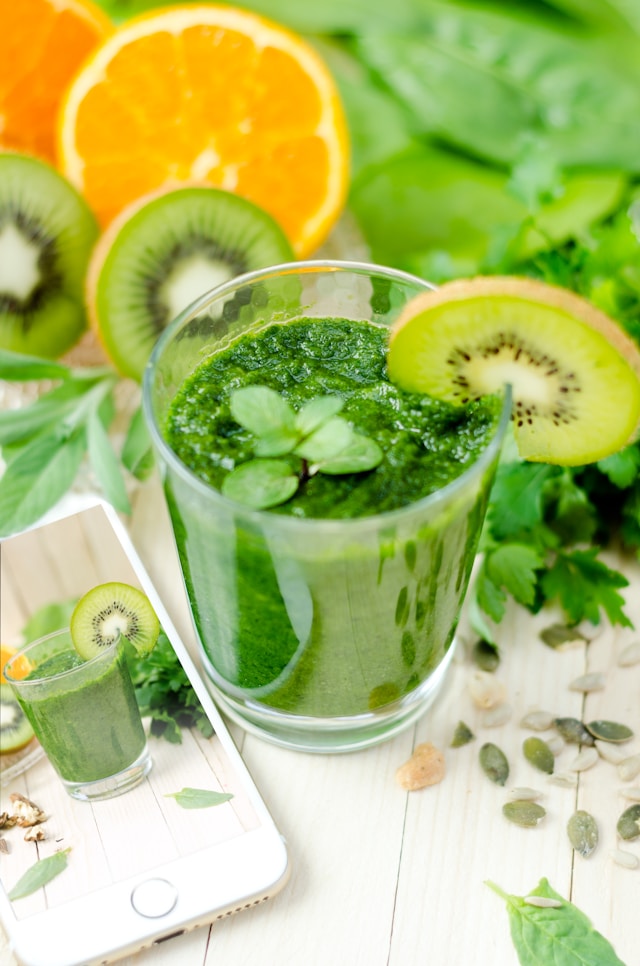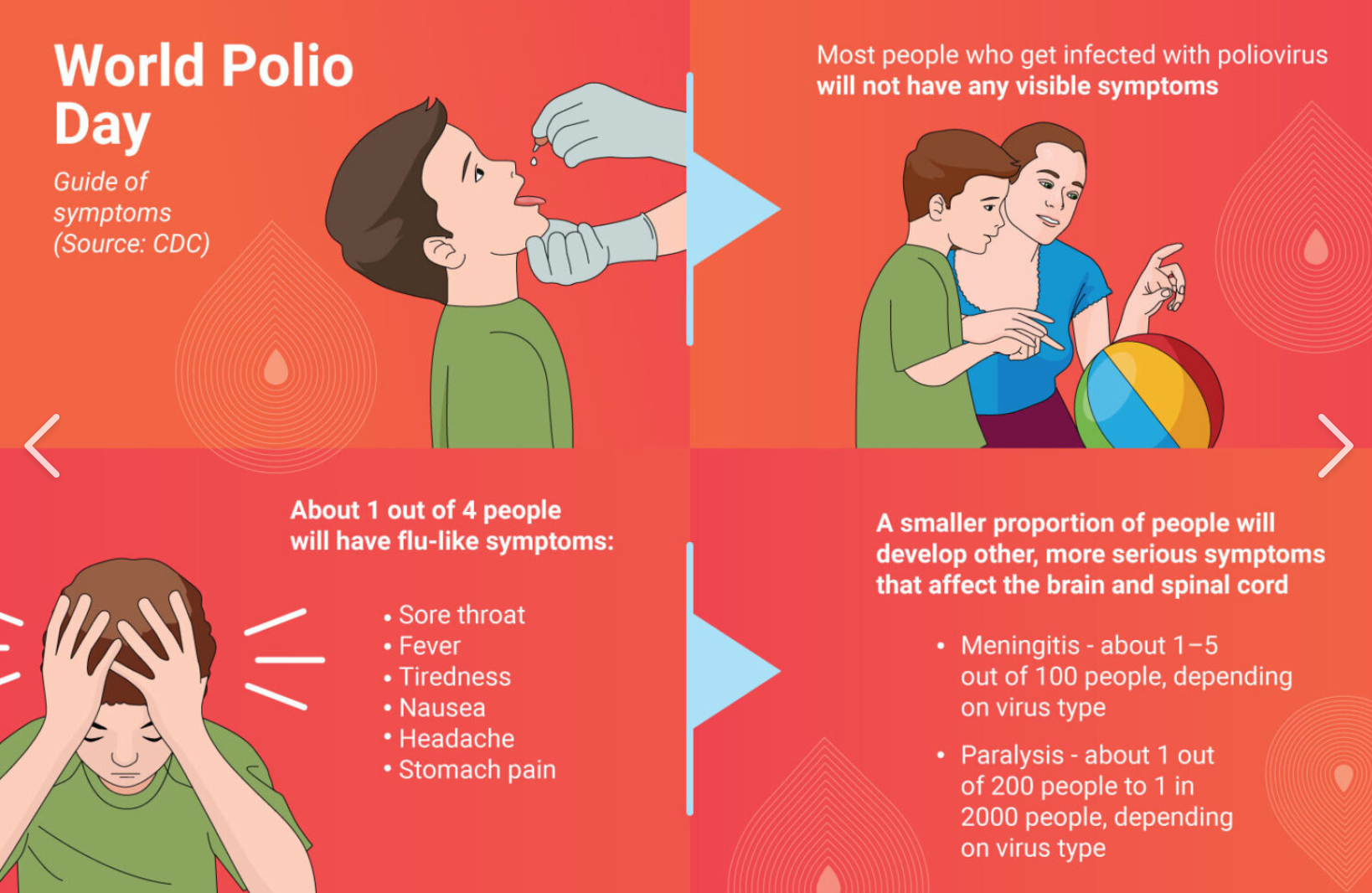As the summer weight-loss plans fade into the cozy embrace of autumn, the latest health trend has taken center stage: liquid salads. These colorful concoctions have become the go-to for busy professionals seeking a quick and healthy meal replacement. But is this trendy drink really the magic bullet for weight loss it claims to be? Let’s dive into the juice—pun intended!

What’s in That Bottle?
Liquid salads typically consist of NFC (Not From Concentrate) juices or purees, mixed with freeze-dried vegetable powders, and a splash of water. Some versions even throw in a dash of prebiotics for good measure. NFC technology, which involves pressing fresh fruits and vegetables, then quickly pasteurizing and bottling them without any concentration or reconstitution, promises to preserve the natural flavors and nutrients better than traditional methods.

The Pros of Liquid Salads
- Portability and Convenience: Unlike traditional salads, liquid salads come in handy, spill-proof packaging, making them perfect for on-the-go consumption.
- Nutrient-Rich: Compared to plain fruit juices, liquid salads pack in more ingredients and nutrients, with lower calorie counts.
- Low in Fat and Cholesterol: These drinks are free from the fats and cholesterol that often lurk in other sugary beverages, making them a seemingly healthier option.
The Cons of Liquid Salads

- Short-Term Weight Loss, Long-Term Struggle: While liquid salads can help you shed a few pounds initially by reducing calorie intake, your body will eventually adapt by lowering its energy expenditure. This makes further weight loss increasingly difficult. Worse, once you return to a normal diet, the pounds can pile back on faster than you can say “rebound.”
- Hidden Sugars: Despite being labeled “sugar-free,” these drinks contain natural sugars from the fruits used. Overindulgence can lead to excessive sugar intake, increasing the risk of obesity and metabolic disorders like diabetes.
- Fiber Deficiency: The juicing process strips away most of the fiber, particularly the insoluble kind. While some liquid salads add prebiotics to compensate, it’s crucial to balance both soluble and insoluble fiber intake for optimal health.
- Nutrient Loss: No matter the technology, pressing fruits and vegetables inevitably leads to some nutrient loss, particularly of insoluble fiber and certain vitamins prone to oxidation.

The Bottom Line
Liquid salads are a convenient and potentially healthier alternative to sugary drinks, especially for those who struggle to eat enough fruits and vegetables. However, they shouldn’t replace whole, natural foods entirely. A balanced diet, regular exercise, and mindful eating are still the cornerstones of a healthy lifestyle.

So, next time you reach for that bottle of liquid salad, remember: it’s a tool, not a miracle cure. Embrace it wisely, and keep those fruits and veggies on your plate too!







Leave a Reply